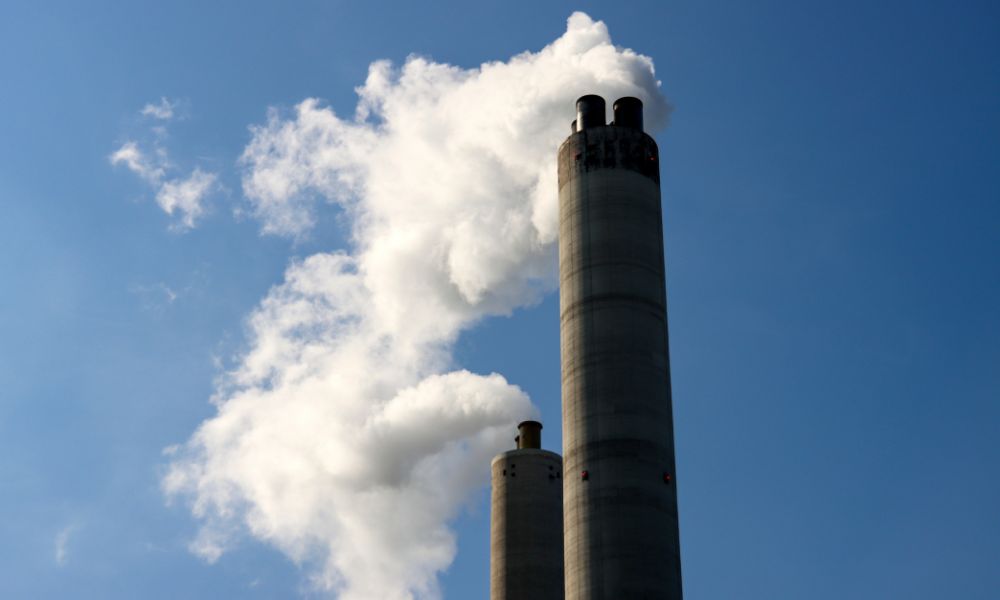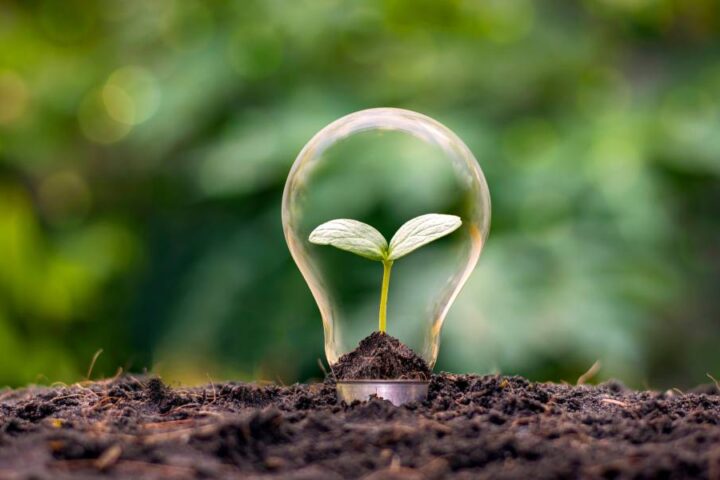The US produces over 260 million tons of waste each year. This waste comes from various sources, such as large corporations, small businesses, and residential areas. Regardless of the source of the waste, it’s quickly piling up, and officials around the country are struggling with ways to dispose of it. Letting it sit in a landfill isn’t good for the environment, and our country is rapidly running out of space for trash.
One environmentally friendly solution is waste-to-energy disposal. But how does the process work, and is it a viable long-term solution? Keep reading to learn more about this option, which is available to many industries and businesses and some residential areas.
Waste-to-Energy Definition
What is waste-to-energy disposal? The terms “waste” and “energy” are vague, making it difficult to understand exactly what’s happening in this disposal process. Most of the time, waste-to-energy disposal takes solid, non-hazardous waste, such as what you would typically see in a landfill, and turns it into electric energy. This energy is then used for businesses, neighborhoods, and more in the surrounding area.
How Does Waste Become Energy?
Now that we know what kind of waste turns into what kind of energy, we can better understand the process. First, a waste management company will gather waste that is safe to convert to energy, meaning that it’s non-hazardous. Many companies will filter their waste so that reusable waste, such as metal, can go to a recycling plant.
Once they’ve gathered the waste, the most common conversion method is burning. The heat from the burning process is often channeled around tubes full of water, and the heat turns that water into steam. The steam is then used to turn turbines or power generators, which creates electricity. As we mentioned above, the surrounding community can then use that electricity for its various energy needs.
What Happens to the Ash?
Combustion doesn’t completely incinerate the waste. There’s ash left behind, which is heavily filtered to protect the environment and surrounding communities. Some ash is reusable, and some must go to a landfill. While the goal of waste-to-energy disposal is to dispose of waste without filling up landfills, sometimes that is the only disposal option. For example, disposing of off-spec pharmaceuticals can include both waste-to-energy and landfill burial, depending on what is safest. When at least some of the waste is converted into energy, we’re still helping the environment.
Knowing how the waste-to-energy disposal process works can help you understand whether this is a viable disposal option for your business. While this option may still send some of your waste to a landfill, it greatly reduces the amount, which is still beneficial to the environment. Contact a waste management company to learn more about the disposal options in your area for your business.









